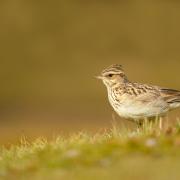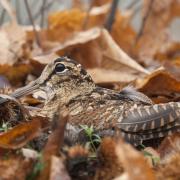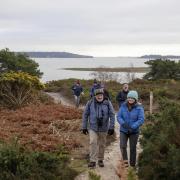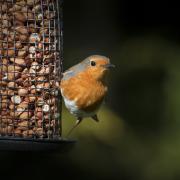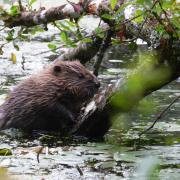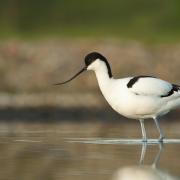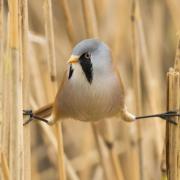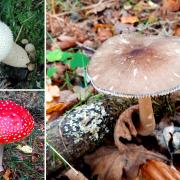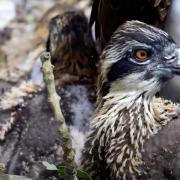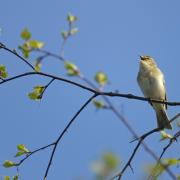With International Dawn Chorus Day celebrated on 7 May 2017, Paul Morton of Birds of Poole Harbour wants us to close our eyes and listen to nature’s greatest singers
When trying to identify birds it’s all too easy to get so wrapped up in the visible aspects of what the bird looks like, when in most situations all you need to do is close your eyes and listen. May is the month of the dawn chorus, and the perfect time to hone your listening skills. All our summer migrants will have completed their long and difficult journeys back to their breeding grounds, and now they have the tricky task of finding a territory then a mate and then defending both with their life…and their voice! This whole process is completed almost entirely by vocalisation, so by learning the songs of each species it makes the identifying process much quicker and far more accurate.
Let’s start with two very similar looking birds, the humble chiffchaff and its longer-winged relative the willow warbler, both can accurately be labeled as ‘little green jobs’. Both are small, olive-green and arrive into Dorset at roughly the same time. However, listening to them belt out their spring song will leave no doubt as to which is which. Chiffchaffs have a repetitive, narcissistic calling of their own name “chiff-chaff, chiff-chaff” where as the willow warbler provides a descending liquid set of notes, starting high and finishing off with a sweet, accelerating warble at the end.
A bird’s song has several functions, from attracting a mate to defending a territory, but don’t fooled, it’s not just the males that sing. In some species females also have a vocal role to play. Their song tends to be weaker and is mostly performed to strengthen the bond between her and her mate, as well as singing to let her chicks know she’s still present. Robin and chaffinch provide good examples of female song. May wouldn’t be May without the call of the cuckoo, however, have you ever heard the wicked “bubbling’ calls of the female as she moves from pine tree to pine tree terrorising local meadow pipits? If not, spending a warm May day on the heaths of Poole Harbour should allow you to learn this unfamiliar cuckoo sound.
Without doubt, the song of the nightingale provides the grand finale to any listening experience, but sadly their numbers locally and nationally have crashed, leaving a somber silence where musical mayhem once rang out. There are several places in Dorset where you can still enjoy this acoustic masterpiece like White Nothe and Alners Gorse, but go while you can as declines are rapid and their numbers don’t seem to be recovering.
Wherever you are in Dorset this May, get out early and just listen. The heathlands will be alive with tree pipit, stonechat and woodlark song, woodlands will provide you with fluty blackcap repertoires and even in your own back gardens, blackbirds, robin and dunnock will welcome the day with their own private sing-a-longs.
International Dawn Chorus Day is on 7 May. Find out more at idcd.info.








